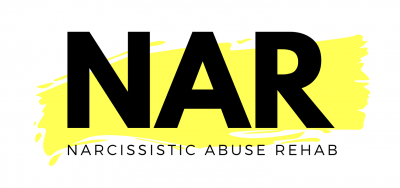Coercive control survivor and advocate Julie Levine is battling a rare blood cancer and she needs our support.
Evan Stark, Ph.D.
Evan Stark (1942 – 2024) was an American sociologist whose groundbreaking research refined the theory of coercive control. He was also one of the founders of the New Haven Project for Battered Women, one of the first domestic violence shelters on the east coast.
CONNECTICUT STATE SENATOR ALEX KASSER is sponsoring Jennifer’s Law in honor of Jennifer Dulos in the 2021 Legislative session. The new bill will widen the definition of domestic abuse to include coercive control. “When women are the victims of abuse, they seek safety for themselves and their children. Often that means staying with the abuser because the danger of leaving is too great,” Sen….
Ireland’s first coercive control conviction highlights the importance of active bystanders. Judge Elma Sheahan sentenced 52-year-old Daniel Kane to 10.5 years in prison for coercive control, intimidation, and repeated assaults on his 43-year-old ex-partner. Kane’s campaign of domestic abuse took place over twenty months between 2018 and 2020. Coercive control is a pattern of acts used by one person to…
Psycho-Emotional Abuse: The Essential Guide was made to provide you with greater knowledge of this fundamental component of narcissistic abuse. This information will give you a clear understanding of: Let’s get started. What is psycho-emotional abuse? Psycho-emotional abuse describes any non-physical pattern of behavior that intentionally harms an individual’s mental state and undermines their ability to reach their full potential. It…
CHILDREN CAN BE TARGETS for coercive control in dysfunctional families, according to Dr. Evan Stark, author of the book Coercive Control: How Men Entrap Women in Personal Life. Research studies show that the coercive control of children occurs in 45% of families where domestic violence is practiced. It is used as part of an abusive partner’s wider campaign of intimate partner…





